by Judy Beaudette
If someone offered you a pill that would make you feel more optimistic and peaceful, would you take it? And suppose this medicine was free and had no side effects. Sound too good to be true? But wait—there’s more! Robust scientific studies show that this “pill” can lower blood pressure. Boost mental clarity. Even increase the number of killer cells your body produces—and by killer cells we mean specialized cells in our immune systems that fight cancer.
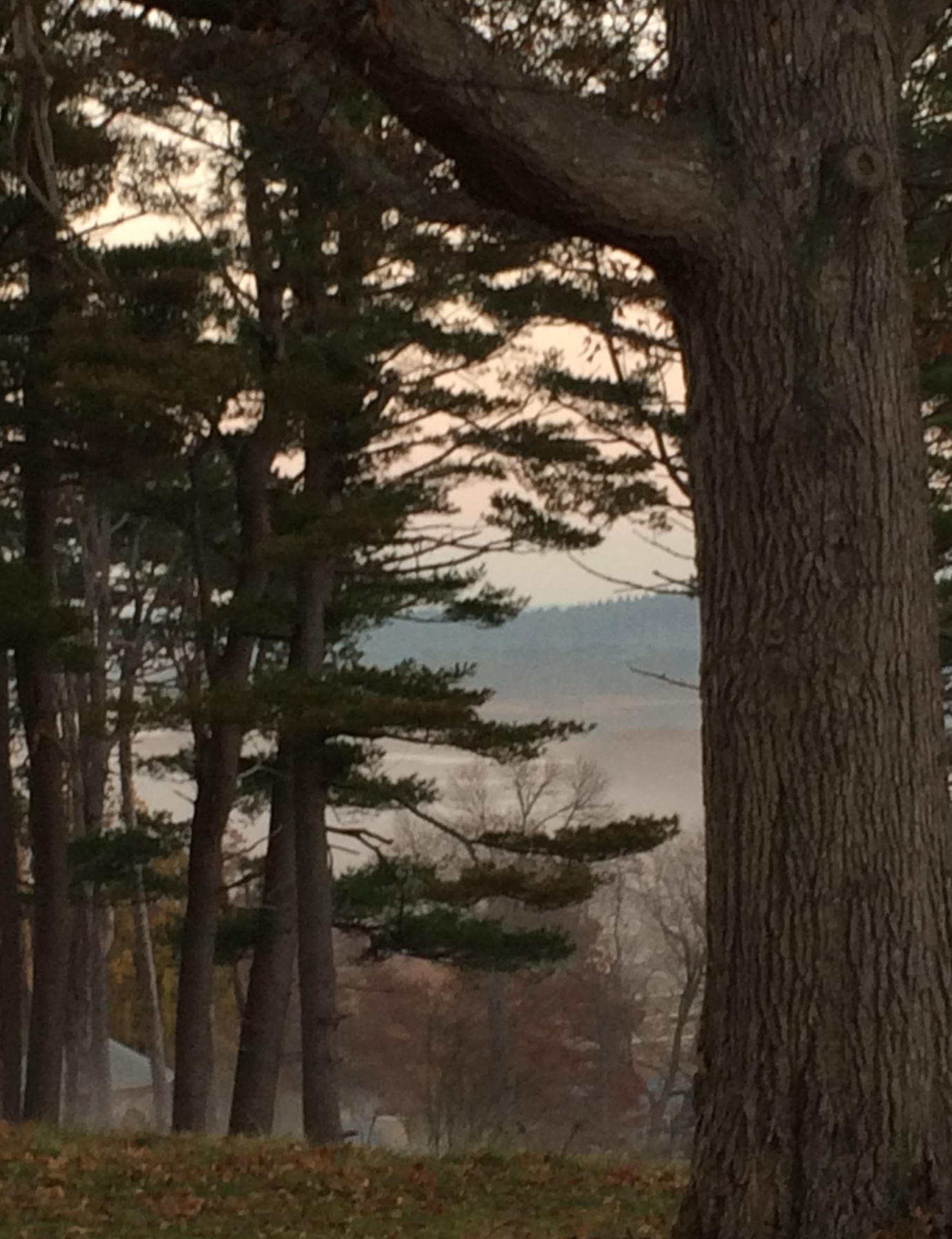 Believe it or not, a growing body of research shows that this healing medicine does exist. It’s called forest bathing. And this increasingly popular activity is available to anyone with access to a slice of nature, even a very small slice.
Believe it or not, a growing body of research shows that this healing medicine does exist. It’s called forest bathing. And this increasingly popular activity is available to anyone with access to a slice of nature, even a very small slice.
What Is Forest Bathing Anyway?
First, it’s not a bath per se.
The word comes from the Japanese term Shinrin yoku, which translates into “taking in the forest atmosphere” or “forest bathing.” Forest bathing, quite simply, means wandering quietly among the trees, turning up the volume on your senses, and immersing yourself in nature.
And while we’re at it, two more things it is NOT.
A forest bathing walk is not a natural history lesson. You’re not there to identify native plants, understand ecosystems, or share the land’s history—at least these are not primary goals. The “knowledge acquisition” part of your brain is invaluable, for sure, but forest bathing is a chance to give it a rest, to instead exercise your brain’s emotional and imaginative “muscles.”
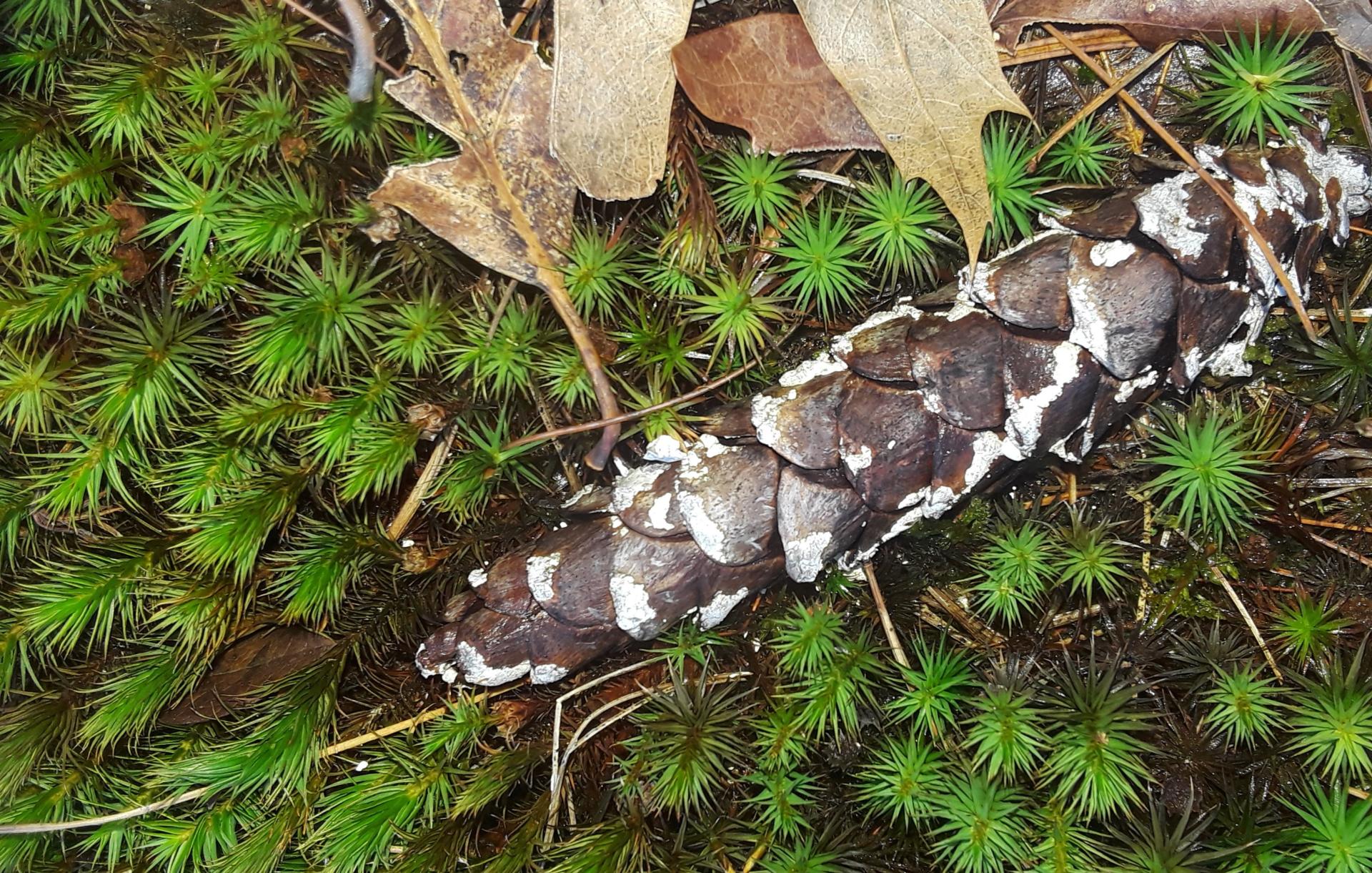 And lastly, it is not a hike. You don’t go on a forest bathing walk to get exercise or reach a destination, like a mountain top or a lake. You go to slow down, breathe deeply, smell raindrops and pine resin, hear water flowing, feel the breeze brush your cheek. Your only destination is a state of being mindful, of absorbing the forest’s energy by actively noticing sounds, smells, and textures.
And lastly, it is not a hike. You don’t go on a forest bathing walk to get exercise or reach a destination, like a mountain top or a lake. You go to slow down, breathe deeply, smell raindrops and pine resin, hear water flowing, feel the breeze brush your cheek. Your only destination is a state of being mindful, of absorbing the forest’s energy by actively noticing sounds, smells, and textures.
Day in and day out, we are in a relationship with nature, whether we realize it or not. Each time we eat fruits or vegetables, breathe in oxygen-rich air, or drink a glass of water, we experience firsthand how profoundly interconnected we are with the natural world. But in our everyday lives, we tend to forget about this life-supporting relationship. The built-up environments around us and a thousand distractions constantly grab for our attention and energy.
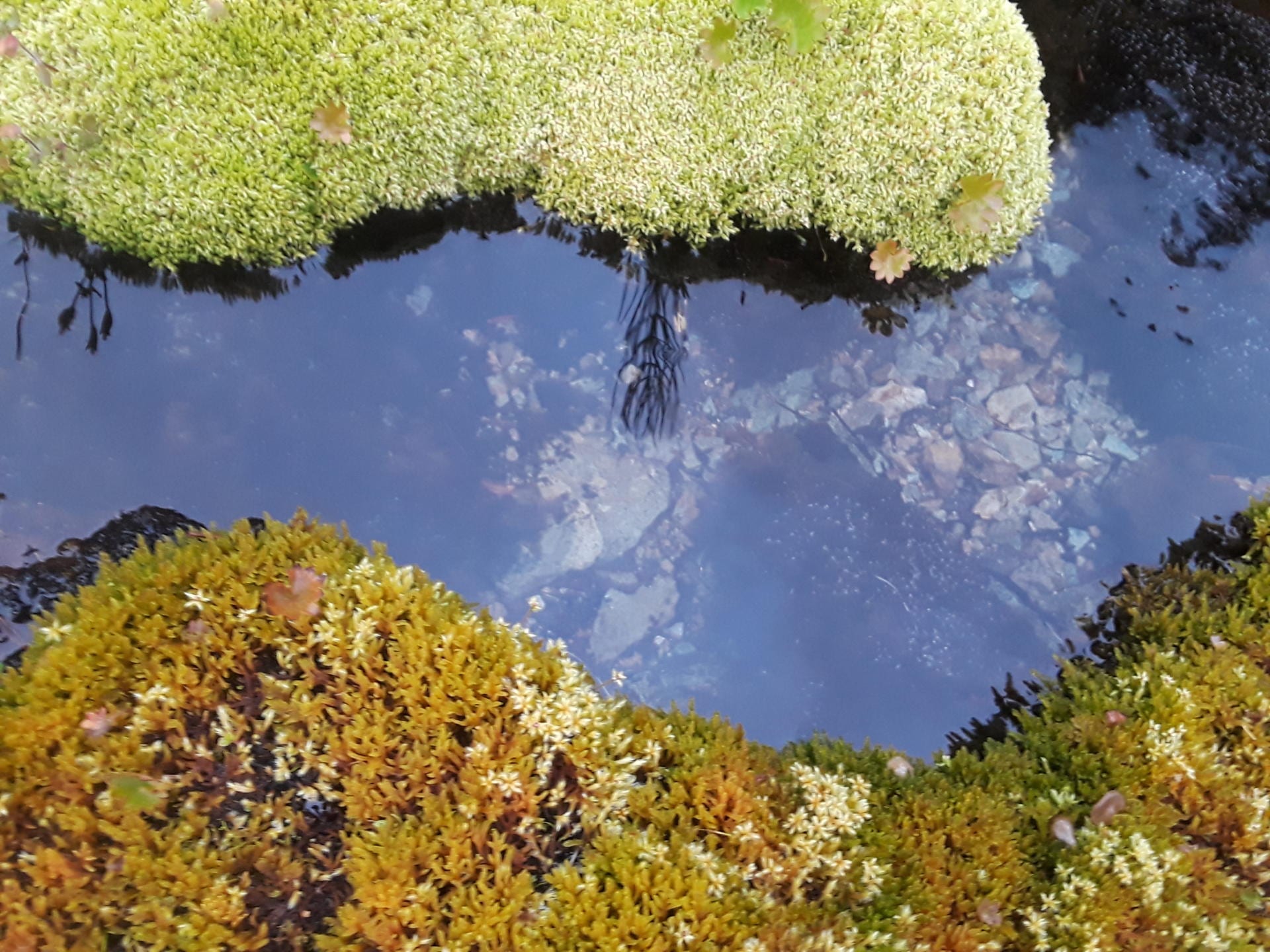 Forest bathing is a tool for slowing down our buzzing minds and practicing a secret superpower—the skill of consciously choosing what we focus our attention on. By nurturing this skill, forest bathing plugs us into things we all seek—a source of peace and well-being and numerous physical benefits like improved sleep, accelerated recovery from surgery, and increased energy levels. In fact, research shows that even as little as 30 minutes can have immediate health benefits. Certain benefits may be derived from the airborne essential oils (called phytoncides) that trees emit. This chemical, which protects the trees from microbes, also boosts humans’ immune system functions. (Check out links to scientific studies at the end of the article for a deeper discussion on the numerous health benefits.) Longer or more frequent walks may reap greater health benefits.
Forest bathing is a tool for slowing down our buzzing minds and practicing a secret superpower—the skill of consciously choosing what we focus our attention on. By nurturing this skill, forest bathing plugs us into things we all seek—a source of peace and well-being and numerous physical benefits like improved sleep, accelerated recovery from surgery, and increased energy levels. In fact, research shows that even as little as 30 minutes can have immediate health benefits. Certain benefits may be derived from the airborne essential oils (called phytoncides) that trees emit. This chemical, which protects the trees from microbes, also boosts humans’ immune system functions. (Check out links to scientific studies at the end of the article for a deeper discussion on the numerous health benefits.) Longer or more frequent walks may reap greater health benefits.
Forest bathing underscores the obvious: humans cannot live healthful lives without a healthy natural world. Like any relationship, ours with nature is a two-way street.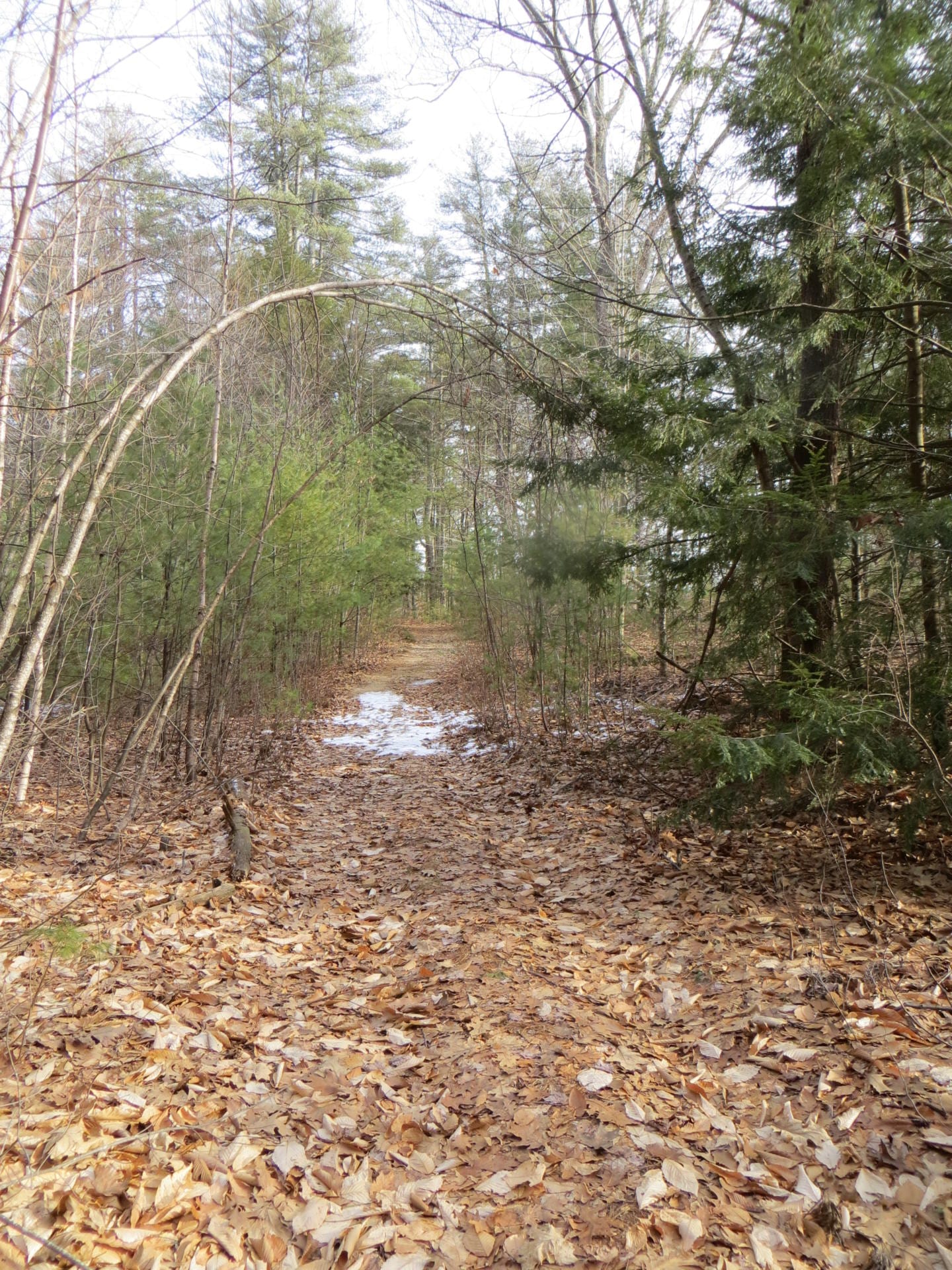
What to Expect on a Guided Walk
Forest bathing walks can be as short as a lunch break or last for several hours. And, you can go solo, with friends, or sign up for a guided walk. Guided walks will vary, depending on the location and your guide, but a few commonalities persist for most guided walks. Typically, they don’t cover a lot of ground. (The walks I lead in North Creek Forest, an urban forest near Seattle, are less than a mile long.)
After a short breathing exercise to help you transition into a calm mindset, your guide typically offers a series of suggestions—called an invitations—to help you turn up the volume on your senses. You can accept these invitations, or not. (I’ll share a specific invitation shortly.) Either way, each invitation is followed by silence, during which participants simply soak in the forest. After a short while, the guide invites visitors to share what they experienced. There is no obligation to share. That said, I’ve seen again and again that sharing creates connections between people and generates powerful insights I never would have reached on my own.
 Your only obligation on a guided walk? Commit to slowing down, breathing deeply, and consciously using your senses to connect with your surroundings. Remember, the main goals are not physical exercise or learning facts. The purpose is to downshift. Be still. Let the colors, shapes, and smells of the forest envelope you.
Your only obligation on a guided walk? Commit to slowing down, breathing deeply, and consciously using your senses to connect with your surroundings. Remember, the main goals are not physical exercise or learning facts. The purpose is to downshift. Be still. Let the colors, shapes, and smells of the forest envelope you.
If you want to try forest bathing on your own, simply go to any natural space and try this simple invitation (many thanks to M. Amos Clifford’s book, A Little Handbook of Shinrin-Yoku, where you can find many more invitations like this one):
Close your eyes. Take in and release three long, slow breaths. While standing quietly, choose one cardinal direction and listen for sounds in that one direction. After a few moments, turn your body and listen in another direction. Repeat this in all four directions. Then consider this question: What did I notice by listening in each direction?
Tip: If thoughts arise, notice them (Oh! I’m having a thought about returning that email or yesterday’s upsetting phone call).Then imagine setting the thought down on a floating leaf. Let it drift downstream and return your attention to listening in one direction.
The Art of Noticing
On a recent walk, I offered the above listening invitation to the group. After about 10 minutes of silence, I called everyone together and asked: “What did you notice?” Answers often emerge as impromptu poetry. Someone might share a sound, or a person might point to something they saw, as did an 86-year-old gentleman during this particular walk:
“I noticed that perfectly constructed, perfectly silent spider web shining between two trees in the sunlight.”
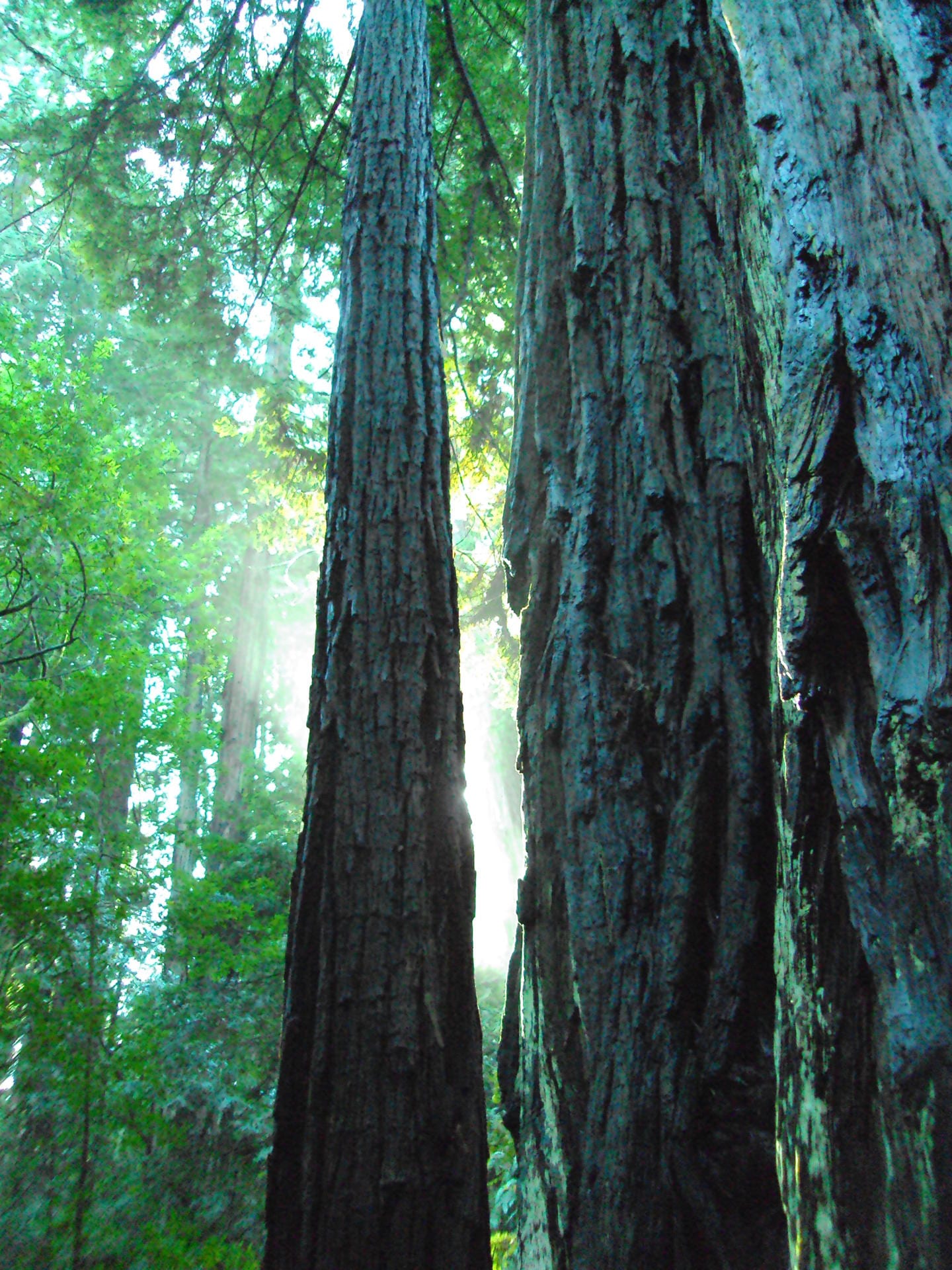 He pointed and we all looked up. And up some more, to at least 25 feet above us, where a spider had somehow managed to anchor her orb between two towering bigleaf maples, whose trunks were at least 15 feet apart. It seemed an impossible feat for such a tiny creature. And yet, there it hung, glistening with light. The group stood silently for a long while, just taking it in, simply noticing. Without this man’s sharing, I would have walked right past it. For me, this sight became a visual companion to my favorite Nelson Mandela quotation: “It always seems impossible until it is done.”
He pointed and we all looked up. And up some more, to at least 25 feet above us, where a spider had somehow managed to anchor her orb between two towering bigleaf maples, whose trunks were at least 15 feet apart. It seemed an impossible feat for such a tiny creature. And yet, there it hung, glistening with light. The group stood silently for a long while, just taking it in, simply noticing. Without this man’s sharing, I would have walked right past it. For me, this sight became a visual companion to my favorite Nelson Mandela quotation: “It always seems impossible until it is done.”
It seems impossible that something as simple as wandering in a forest could be so beneficial to our physical, cognitive, and emotional health. But science proves it out. (Again: be sure to check out the link to scientific studies below.) Of course, we know intuitively that spending time in nature—whether in a forest or garden, on a river, or at the ocean—feels calming and peaceful. Yet, we seldom set time aside to slow down and let the natural world restore our sense of optimism about life.
Forest bathing is an opportunity to set this time aside. It is one of many tools for maintaining our health, and—unlike some prescriptions—this one comes free of side effects and free of charge.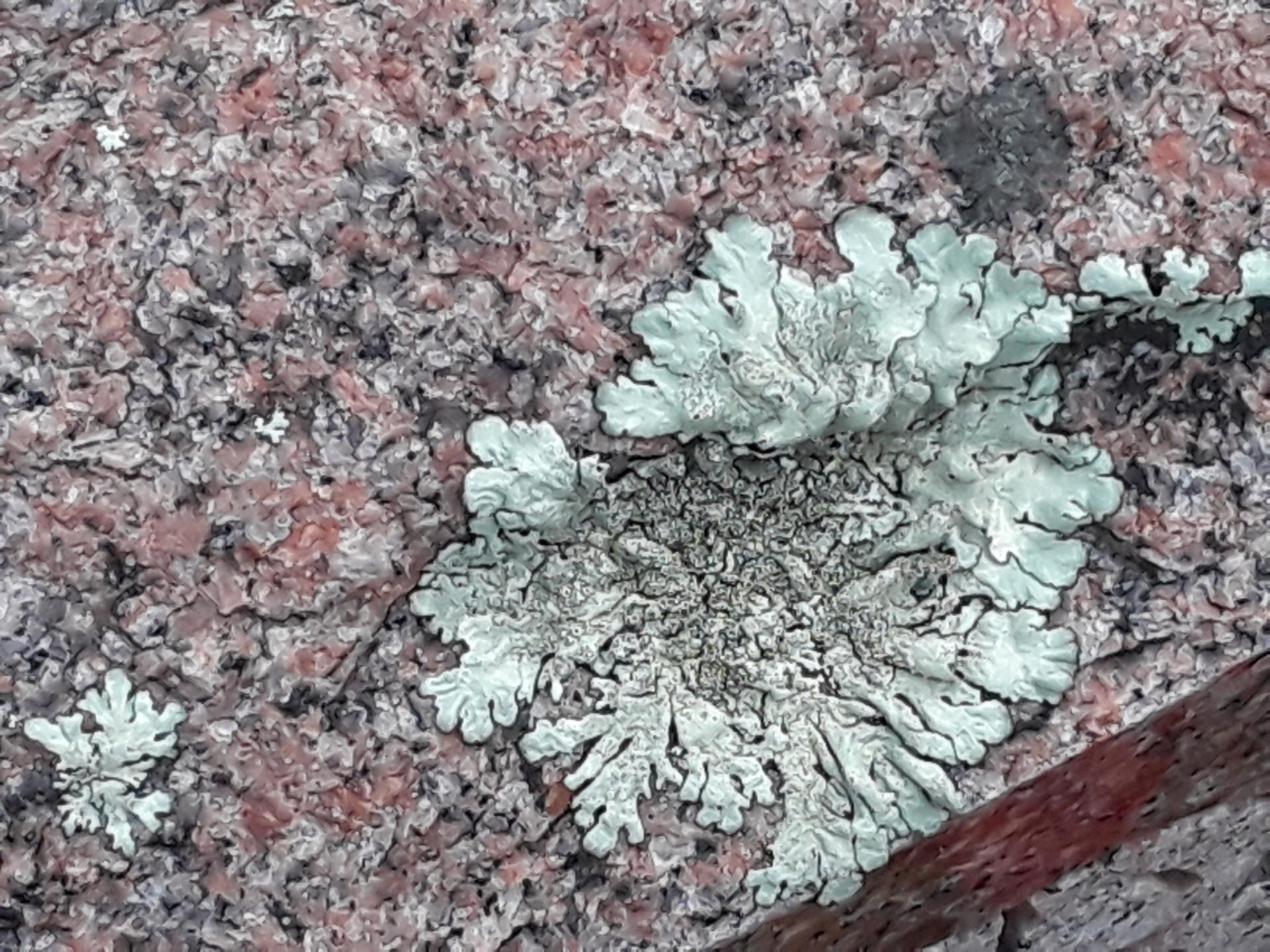
Resources: Learn More or Find a Guide
Read articles that explain the science behind forest bathing (Shinrin yoku).
Shinrin-yoku.org is a great entry point for exploring forest bathing. Check out their free starter kit, which includes 10 invitations you can start using right away.
Want to connect with a guide? Nadine Mazzola is a Certified Forest Therapy Guide and Forest Bathing Instructor who leads walks on the East Coast. Michael Stein is a Certified Forest Therapist who leads forest walks around the Puget Sound Region through his company, Cascadia Forest Therapy.
About the Author
Judy Beaudette lives within walking distance of a mature forest near Seattle, WA. Since 2017, she’s been leading free monthly forest bathing walks for Friends of North Creek Forest, a small nonprofit born from a group of neighbors who wanted to preserve 64-acres of urban forest as a wilderness park. (Which they did.) She recently began offering nature-inspired mindfulness activities (in-person and virtual) through Forest Bathing NW, LLC. She can be reached at judy.beaudette@gmail.com.
***
Each author appearing herein retains original copyright. Right to reproduce or disseminate all material herein, including to Columbia University Library’s CAUSEWAY Project, is otherwise reserved by ELA. Please contact ELA for permission to reprint.
Mention of products is not intended to constitute endorsement. Opinions expressed in this newsletter article do not necessarily represent those of ELA’s directors, staff, or members.

